Home>Storage Ideas>Storage Baskets>What Vegetables Grow Well In Hanging Baskets
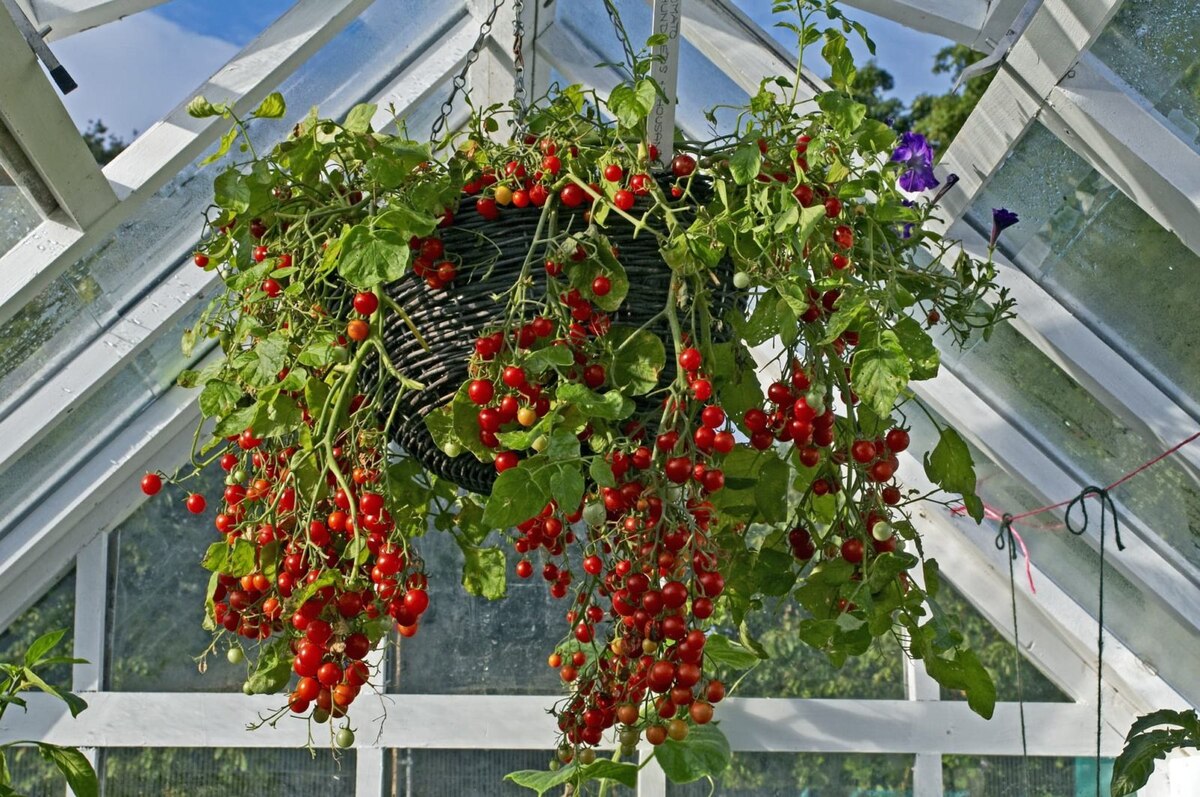

Storage Baskets
What Vegetables Grow Well In Hanging Baskets
Modified: January 23, 2024
Discover which vegetables thrive in hanging baskets and make the most of your storage-baskets. Transform your space into a lush garden!
(Many of the links in this article redirect to a specific reviewed product. Your purchase of these products through affiliate links helps to generate commission for Storables.com, at no extra cost. Learn more)
Introduction
When it comes to growing vegetables, many people envision large garden plots or raised beds. However, for those with limited space, hanging baskets can provide a fantastic solution. These versatile containers not only add a touch of beauty to your space but also allow you to grow a variety of vegetables right outside your doorstep.
In this article, we will explore the world of vegetable gardening in hanging baskets. We will discuss the benefits of growing vegetables in this unique way, as well as provide guidance on choosing the right baskets, selecting suitable vegetables, and maintaining your plants for a bountiful harvest.
With the right techniques and a little bit of care, you can enjoy fresh, homegrown vegetables even if you have limited outdoor space. So, let’s dive in and discover the wonders of growing vegetables in hanging baskets!
Key Takeaways:
- Embrace the versatility of hanging baskets to grow a variety of vegetables, even in limited spaces. Enjoy the benefits of space-saving, pest protection, and enhanced aesthetics while savoring the joy of homegrown produce.
- From choosing the right baskets and selecting suitable vegetables to proper care and maintenance, creating a thriving hanging basket garden is within reach. Harvest and enjoy the delicious rewards of your efforts, and share the abundance with others to cultivate a sense of community and connection.
Read more: What Hanging Baskets Do Well In Full Sun
Benefits of Growing Vegetables in Hanging Baskets
Gardening in hanging baskets offers a multitude of benefits, making it a popular choice for both seasoned gardeners and beginners alike. Here are some of the key advantages of growing vegetables in hanging baskets:
- Space-saving: One of the primary benefits of using hanging baskets is their ability to maximize space. Whether you live in an apartment with a small balcony or have limited yard space, hanging baskets provide a way to grow vegetables vertically, utilizing unused air space.
- Flexibility: Hanging baskets allow you to place your vegetable garden wherever you desire. Whether it’s a sunny spot in your backyard, the edge of a patio, or even inside near a sunny window, you have the freedom to choose the location that suits your needs.
- Protection from pests: By elevating your vegetable plants, you reduce the risk of pests infesting them. Squirrels, rabbits, and other critters will have a harder time reaching your crops, keeping them safe from damage and increasing your chances of a successful harvest.
- Enhanced aesthetics: Hanging baskets not only provide a functional growing space but also add visual appeal to your surroundings. The lush foliage and vibrant colors of vegetables cascading from the baskets can transform any space into a beautiful and inviting garden.
- Improved air circulation and drainage: The open design of hanging baskets allows for better air circulation around the roots, reducing the risk of root rot. Additionally, the drainage holes in the baskets prevent water from accumulating, ensuring proper moisture levels for your vegetables.
- Accessibility: With hanging baskets, you can bring your vegetable garden closer to you. This makes it easier to tend to your plants, whether it’s watering, fertilizing, or harvesting. No more kneeling or bending over, just convenient access to fresh vegetables.
Growing vegetables in hanging baskets offers a host of benefits, from saving space and deterring pests to enhancing the aesthetics of your outdoor or indoor living areas. Now that we understand the advantages, let’s move on to the next step: choosing the right hanging baskets for your vegetable garden.
Choosing the Right Hanging Baskets
When it comes to choosing the right hanging baskets for your vegetable garden, there are a few factors to consider. Here are some key points to keep in mind:
- Size: The size of the hanging basket will largely depend on the type of vegetables you want to grow. Larger vegetables like tomatoes or peppers will require bigger baskets with ample space for their root systems to develop. On the other hand, smaller vegetables like lettuce or herbs can thrive in smaller-sized baskets.
- Material: Hanging baskets are available in various materials such as plastic, wire, or woven fibers. Plastic baskets are lightweight and retain moisture well, making them suitable for water-sensitive vegetables. Wire baskets offer better airflow to the roots but may require more frequent watering. Woven fiber baskets, like coconut coir or moss, provide excellent drainage and insulation for plants.
- Drainage: Ensure that the hanging baskets you choose have adequate drainage holes. Proper drainage is crucial to prevent waterlogged soil, which can lead to root rot. If the chosen basket lacks drainage holes, you can drill or punch some yourself.
- Sturdiness: Hanging baskets need to be sturdy enough to support the weight of both the soil and the growing vegetables. Look for baskets with strong chains or hooks that can hold the weight without bending or breaking. Reinforced rims or handles can also add extra support.
- Appearance: Consider the aesthetic appeal of the hanging baskets as well. Choose a style or color that complements your outdoor or indoor space. Remember, you’ll be looking at these baskets every day, so it’s essential to find ones that you find visually pleasing.
By taking these factors into account, you can select hanging baskets that will provide the ideal environment for your vegetable plants to grow and thrive. Once you’ve chosen the appropriate baskets, the next step is to select the right vegetables for your hanging garden, which we’ll discuss in the following section.
Selection of Vegetables for Hanging Baskets
When it comes to selecting vegetables for your hanging baskets, it’s important to consider their suitability for vertical gardening. Some vegetables adapt well to the compact growing environment of hanging baskets, while others may require more space or support. Here are some vegetables that are well-suited for growing in hanging baskets:
- Cherry Tomatoes: Cherry tomatoes are a popular choice for hanging baskets because they produce abundant fruit and have a trailing growth habit. Look for compact varieties that are specifically bred for container gardening.
- Lettuce and Salad Greens: Leafy greens like lettuce, spinach, and arugula can thrive in hanging baskets. They have shallow roots and can be harvested as needed for fresh and delicious salads.
- Herbs: Many herbs, such as basil, parsley, and thyme, can be grown in hanging baskets. They not only provide a fresh supply of flavorful additions to your culinary creations but also add a wonderful aroma to your space.
- Strawberries: Strawberries are well-suited for hanging baskets due to their trailing growth habit and compact root systems. The dangling fruits add a delightful touch to your hanging garden, and you get to enjoy the sweet rewards of homegrown strawberries.
- Petite Peppers: Some varieties of peppers, like mini bell peppers or chili peppers, are excellent choices for hanging baskets. They produce small-sized fruits and have a bushy growth habit, making them suitable for compact spaces.
- Cascading Nasturtiums: Although not a vegetable, nasturtiums deserve a mention for their beautiful cascading flowers and edible leaves and flowers. They can be grown in hanging baskets alongside your vegetables, providing a splash of vibrant color.
These are just a few examples of vegetables that thrive in hanging baskets. However, feel free to experiment with other compact varieties of your favorite vegetables. It’s crucial to consider the growth habit, root depth, and overall size of each vegetable plant to ensure it will fit and flourish in the limited space of a hanging basket.
Now that you have an idea of the vegetables suitable for hanging baskets, the next step is to prepare the baskets and create an optimal growing environment for your plants, which we will discuss in the following sections.
Preparing the Hanging Baskets
Before you start planting your vegetables in hanging baskets, it’s important to properly prepare the baskets. Here are some steps to ensure your hanging baskets are ready for your plants:
- Clean the Baskets: Start by cleaning the hanging baskets to remove any dirt or debris. If you are reusing baskets from a previous season, make sure to thoroughly wash and sanitize them to prevent the spread of diseases.
- Add a Liner: Adding a liner to your hanging baskets helps retain moisture and prevents soil from falling out through the drainage holes. You can use materials like coconut coir liners or sphagnum moss to line the inside of the basket.
- Fill with Potting Mix: Use a high-quality potting mix specifically formulated for container gardening. Fill the baskets with the potting mix, leaving a couple of inches of space below the rim for watering.
- Consider Adding Slow-Release Fertilizer: Hanging baskets may require additional nutrients due to their limited soil volume. Consider incorporating slow-release fertilizer pellets into the potting mix or choose a potting mix that already contains fertilizer.
- Pre-soak the Basket: Before planting your vegetables, it’s a good idea to pre-soak the hanging baskets in water. This helps ensure that the potting mix is evenly moistened and ready to support your plants.
Once you’ve prepared your hanging baskets, you’re ready to move on to the exciting step of planting your chosen vegetables. But before you get your hands dirty, it’s essential to understand the soil and fertilizer requirements for your hanging baskets, which we’ll discuss in the next section.
Read more: What Petunias Are Best For Hanging Baskets
Soil and Fertilizer Requirements
The success of your vegetable garden in hanging baskets largely depends on providing the right soil and nutrients for your plants. Here are some soil and fertilizer requirements to keep in mind:
- Potting Mix: Choose a high-quality potting mix specifically formulated for container gardening. Avoid using garden soil, as it can become compacted and hinder proper drainage and root growth. Potting mixes are lightweight, well-draining, and contain a blend of organic matter, perlite, and vermiculite that provide nutrients and promote root development.
- Moisture Retention: Hanging baskets tend to dry out faster than in-ground gardens, so it’s important to choose a potting mix with good moisture retention properties. Potting mixes containing coconut coir or vermiculite are particularly effective at retaining moisture while still providing adequate drainage.
- Fertilizer: Hanging baskets require regular fertilization to supply the necessary nutrients for healthy plant growth. Start by incorporating a slow-release fertilizer into the potting mix during the initial planting. This provides a steady supply of nutrients over time. Additionally, use a water-soluble fertilizer every two to three weeks during the growing season to ensure your plants have a continuous supply of essential nutrients.
- Organic Matter: Adding organic matter to the potting mix can improve soil structure and fertility. You can incorporate well-rotted compost or composted manure into the potting mix before planting your vegetables. Organic matter enriches the soil, enhances its water-holding capacity, and provides beneficial microorganisms for the overall health of your plants.
- pH Level: Most vegetables prefer a slightly acidic to neutral soil pH range. Aim for a pH level of around 6.0 to 7.0 in your hanging baskets. You can test the pH of your potting mix using a soil pH testing kit available at garden centers. If necessary, you can adjust the pH by adding garden lime to raise it or elemental sulfur to lower it.
By providing the right potting mix, incorporating appropriate fertilizers, and ensuring proper moisture retention, you can create an optimal growing environment for your vegetable plants in hanging baskets. Now that you know how to prepare the soil and provide nutrients, it’s time to learn the best planting techniques for your hanging baskets, which we’ll explore in the next section.
Choose compact and trailing varieties of vegetables such as cherry tomatoes, peppers, lettuce, and herbs for hanging baskets. Ensure the baskets have good drainage and are placed in a sunny spot for optimal growth.
Planting Techniques for Hanging Baskets
Proper planting techniques are crucial for the success of your vegetable garden in hanging baskets. Here are some guidelines to follow when planting your vegetables:
- Start with a Thriller, Filler, and Spiller: To create an aesthetically pleasing arrangement, consider using the “thriller, filler, and spiller” technique. Choose a tall and showy vegetable plant as the “thriller” to serve as the centerpiece. Surround it with “filler” plants, which are smaller and add volume and texture. Lastly, include trailing plants as the “spiller” that cascade down the sides of the hanging baskets.
- Planting Depth: When planting your vegetable seedlings or transplants, make sure to plant them at the appropriate depth. Dig a hole in the potting mix that is wide enough to accommodate the roots of the plant. Gently loosen the root ball, place the plant in the hole, and backfill with potting mix, firming it gently around the base of the plant.
- Spacing: Be mindful of the spacing requirements for each vegetable plant. Overcrowding can lead to competition for nutrients and stunted growth. Follow the spacing recommendations provided on the seed packet or plant label.
- Trailing Plants: If you’re including trailing or vining vegetables like cherry tomatoes or strawberries, provide support for their growth. Insert stakes, trellises, or tomato cages into the hanging baskets to support the plants as they grow and prevent them from tangling or weighing down the baskets.
- Watering: After planting, give your vegetable plants a thorough watering to settle the potting mix and ensure good root-to-soil contact. Throughout the growing season, monitor the moisture levels in the hanging baskets and water as needed. Aim to keep the soil evenly moist but not waterlogged to prevent root rot.
Remember to consider the specific needs of each vegetable plant and adjust the planting techniques accordingly. Some vegetables may require trellises, while others may need additional spacing for optimal growth. By following these planting techniques, you’ll ensure that your vegetables have a solid foundation for healthy growth and productivity in your hanging baskets.
Now that your vegetables are planted, it’s important to provide the necessary care and maintenance to keep your hanging baskets thriving. In the next section, we’ll explore watering and maintenance tips to help you achieve a successful vegetable harvest.
Watering and Maintenance Tips
Proper watering and maintenance are essential for the health and productivity of your vegetable garden in hanging baskets. Here are some tips to help you keep your plants thriving:
- Monitor Moisture Levels: Regularly check the moisture levels in your hanging baskets and water as needed. Hanging baskets tend to dry out faster than in-ground gardens, so it’s important to strike a balance between keeping the soil evenly moist and avoiding waterlogging. Use your finger to gauge the moisture level by inserting it into the soil. If it feels dry at a depth of an inch, it’s time to water.
- Watering Technique: When watering your hanging baskets, aim to thoroughly wet the entire root ball. Water until you see water trickling out from the drainage holes. This ensures that the deep roots are adequately hydrated and promotes healthy growth.
- Consistent Watering: Maintaining consistent moisture levels is important, especially during hot, dry periods. Avoid allowing the soil to completely dry out, as this can stress your plants and affect their productivity.
- Fertilize Regularly: Hanging baskets require regular fertilization to supply vital nutrients for vegetable growth. Follow the instructions on the fertilizer packaging and apply water-soluble fertilizer every two to three weeks during the growing season. This will help keep your plants healthy and ensure optimal productivity.
- Deadheading and Pruning: Remove spent flowers, yellowing leaves, and any dead or diseased plant parts. Regular deadheading encourages continued flowering and fruiting, while pruning helps maintain the shape and size of your vegetable plants.
- Pest and Disease Control: Keep an eye out for pests and early signs of diseases, such as yellowing leaves or wilting. Use organic pest control methods like handpicking pests or using insecticidal soap. If you notice signs of diseases, promptly remove and destroy affected plants to prevent spreading.
- Support and Training: As your vegetables grow, provide support and training for trailing or vining plants. Use stakes or trellises to support tomatoes or install cages for sprawling plants like strawberries. This will help maintain plant structure and prevent overcrowding in the hanging baskets.
By following these watering and maintenance tips, you’ll ensure that your vegetable garden in hanging baskets remains healthy and productive. With proper care, you’ll soon be rewarded with a bountiful harvest right outside your doorstep.
However, it’s important to be prepared for common pests and diseases that can affect your hanging basket vegetables. In the next section, we’ll discuss some of the most common pests and diseases you may encounter and how to deal with them effectively.
Common Pests and Diseases
While growing vegetables in hanging baskets can reduce the risk of some pests and diseases, it’s still important to be vigilant and address any issues promptly. Here are some common pests and diseases that may affect your hanging basket vegetables:
- Aphids: These tiny insects can cluster on the undersides of leaves, sucking sap from the plants and causing stunted growth. Use a strong jet of water, insecticidal soap, or natural predators like ladybugs to control aphid populations.
- Whiteflies: Whiteflies are small, flying insects that feed on plant sap, causing yellowing leaves and the spread of viral diseases. Use yellow sticky traps, insecticidal soap, or introduce natural predators like parasitic wasps to control whitefly infestations.
- Snails and Slugs: These slimy pests can chew through leaves and damage young seedlings. Use organic methods like handpicking or creating barriers with materials like crushed eggshells or diatomaceous earth to deter snails and slugs.
- Fungal Diseases: Fungal diseases such as powdery mildew and leaf spot can occur in humid conditions or when plants are overcrowded. Provide adequate spacing between plants, ensure good air circulation, and remove affected leaves promptly. Fungicides may be necessary for severe infections.
- Root Rot: Overwatering or poorly draining hanging baskets can lead to root rot, where the roots become mushy and damaged. To prevent root rot, ensure proper drainage in your baskets and avoid overwatering.
- Botrytis Blight: Also known as gray mold, botrytis blight can affect a range of plants, including vegetables grown in hanging baskets. It causes fuzzy gray mold on leaves and stems. Remove infected plant parts and improve air circulation to prevent the spread of the disease.
Regularly monitor your hanging basket vegetables for signs of pests and diseases. Early detection and intervention are key to preventing the spread and minimizing damage. Remember to use organic pest control methods whenever possible to minimize harm to beneficial insects and the environment.
Now that you are aware of common pests and diseases, let’s move on to the exciting part: harvesting the vegetables from your hanging baskets. In the next section, we’ll discuss the best practices for harvesting and enjoying the fruits of your labor.
Read more: What To Plant In Hanging Baskets In Shade
Harvesting Vegetables from Hanging Baskets
Harvesting the vegetables from your hanging baskets is the most rewarding part of your gardening journey. Here are some tips on how to harvest your vegetables at the right time and enjoy the delicious rewards:
- Read the Indication: Each vegetable has different indicators of readiness for harvest. Pay attention to factors such as color, size, and texture to determine if a vegetable is ripe and ready to be picked.
- Harvesting Time: Some vegetables, like lettuce or leafy greens, can be harvested as soon as they reach the desired size. Other vegetables, such as tomatoes or peppers, need to be left on the plant until they are fully ripe. Refer to the seed packet or plant label for specific guidance on harvesting times.
- Cut or Twist: Depending on the vegetable, use a clean pair of scissors or a sharp knife to cut the stem near the base or twist the fruit gently to detach it from the plant. Be careful not to damage the plant or surrounding foliage during the harvesting process.
- Continuous Harvest: Many vegetables, like lettuce or herbs, have a cut-and-come-again harvest method. This means you can harvest the outer leaves or stems while allowing the inner ones to continue growing. This allows for a continuous supply of fresh produce throughout the season.
- Enjoy Fresh: Immediately after harvesting, rinse your vegetables with water to remove any dirt or debris. Use them in your favorite recipes or enjoy them fresh in salads, sandwiches, or as snacks. There’s nothing quite like the taste of homegrown vegetables!
- Share the Bounty: If you have an abundant harvest, consider sharing the bounty with family, friends, or neighbors. It’s a wonderful way to spread the joy of homegrown vegetables and build community connections.
Remember, harvesting your vegetables encourages new growth and promotes continuous production throughout the growing season. Regularly inspect your hanging baskets for ripe vegetables, and savor the satisfaction of enjoying the fruits of your labor.
As the growing season comes to an end, you can take steps to prepare your hanging baskets for the next gardening season. Clean and sanitize the baskets, remove any residual plant debris, and store them in a dry and protected area until it’s time to plant again.
Congratulations on successfully growing vegetables in your hanging baskets! By following the techniques and tips outlined in this article, you’ve created a thriving vegetable garden in a limited space. Whether you have a small balcony or a cozy patio, you can enjoy the benefits of homegrown vegetables right outside your doorstep.
So, get started with your hanging basket vegetable garden and embrace the joy of growing your own fresh and flavorful produce!
Conclusion
Growing vegetables in hanging baskets is a fantastic way to enjoy fresh, homegrown produce even if you have limited space. With the right selection of vegetable plants, proper care, and maintenance, you can create a thriving hanging basket garden that not only provides a bountiful harvest but also enhances the beauty of your outdoor or indoor living areas.
From the benefits of space-saving and pest control to the important considerations of choosing the right hanging baskets and selecting suitable vegetables, this article has provided you with a comprehensive guide to get started on your hanging basket vegetable garden.
Remember to prepare the hanging baskets properly, ensuring adequate drainage and using high-quality potting mix. Don’t forget to fertilize regularly and maintain consistent moisture levels to support healthy plant growth and productivity. Keep an eye out for common pests and diseases, and address any issues promptly using organic pest control methods.
Harvest your vegetables at the right time, following the specific indicators for each vegetable, and savor the joy of enjoying homegrown produce. Whether you’re adding fresh lettuce to your salads, plucking juicy cherry tomatoes, or snipping herbs for your culinary creations, the taste and satisfaction of homegrown vegetables are unmatched.
Embrace the rewards of your efforts and share the abundance of your harvest with others if you have the opportunity. Gardening not only nourishes the body but also cultivates a sense of community and connection.
So, whether you have a balcony, patio, or even a sunny window sill, don’t let limited space deter you from the joys of vegetable gardening. Get creative with hanging baskets, choose the right vegetables, and embark on an exciting journey of growing your own fresh and flavorful vegetables.
Happy gardening and may your hanging basket vegetable garden bring you endless delight and tasty harvests!
Frequently Asked Questions about What Vegetables Grow Well In Hanging Baskets
Was this page helpful?
At Storables.com, we guarantee accurate and reliable information. Our content, validated by Expert Board Contributors, is crafted following stringent Editorial Policies. We're committed to providing you with well-researched, expert-backed insights for all your informational needs.
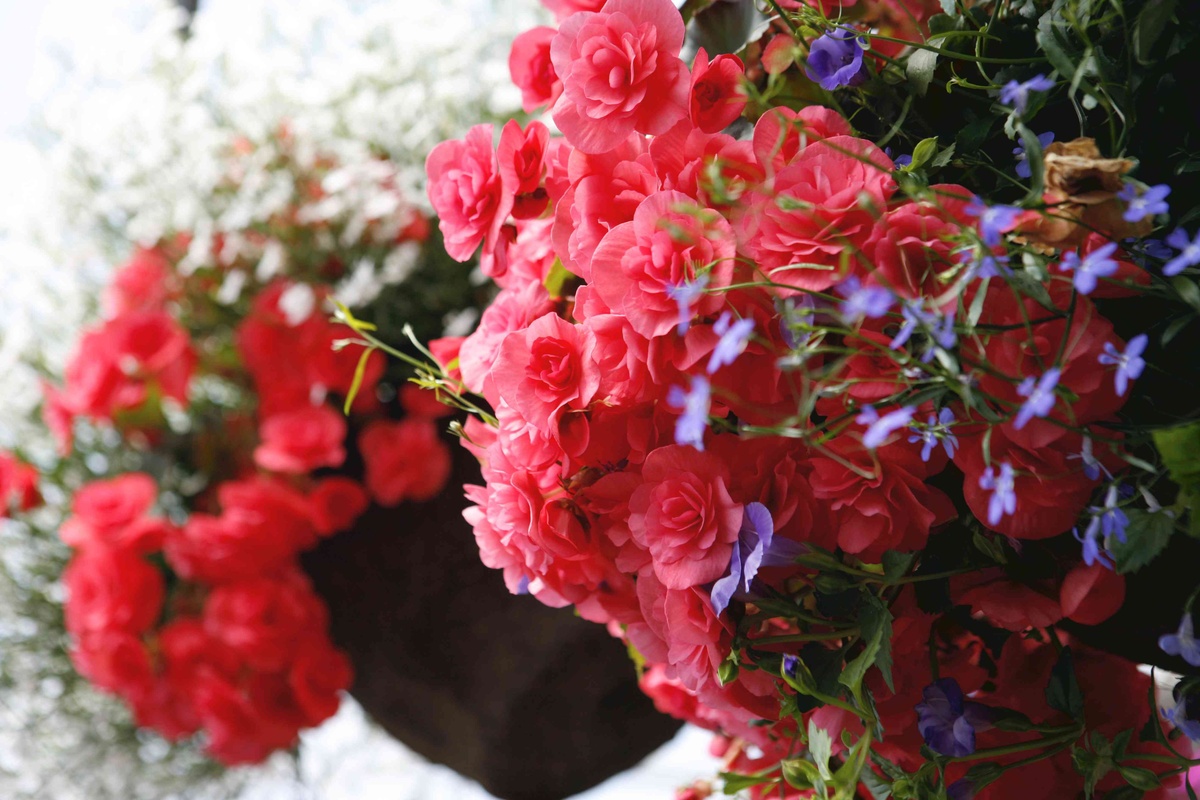
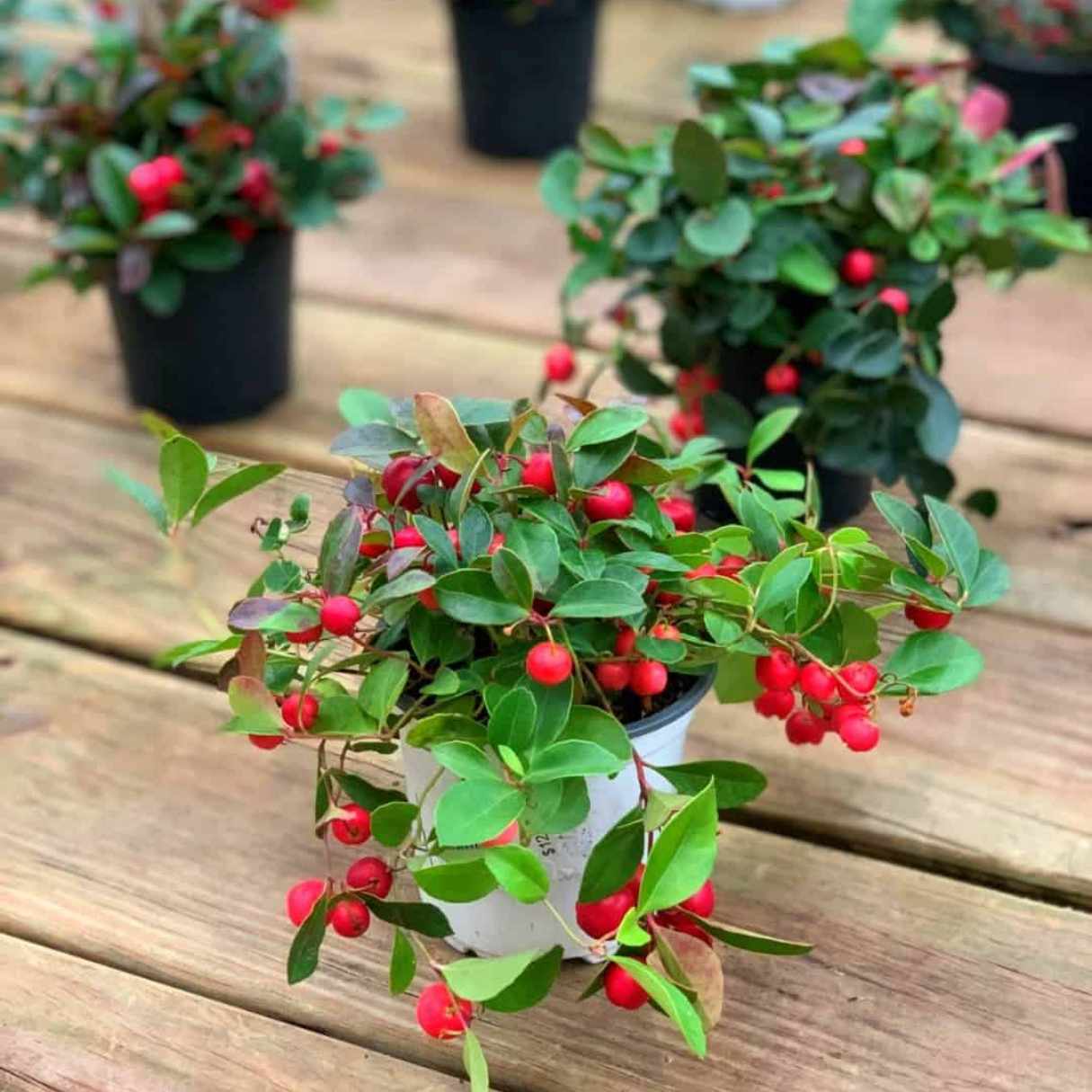
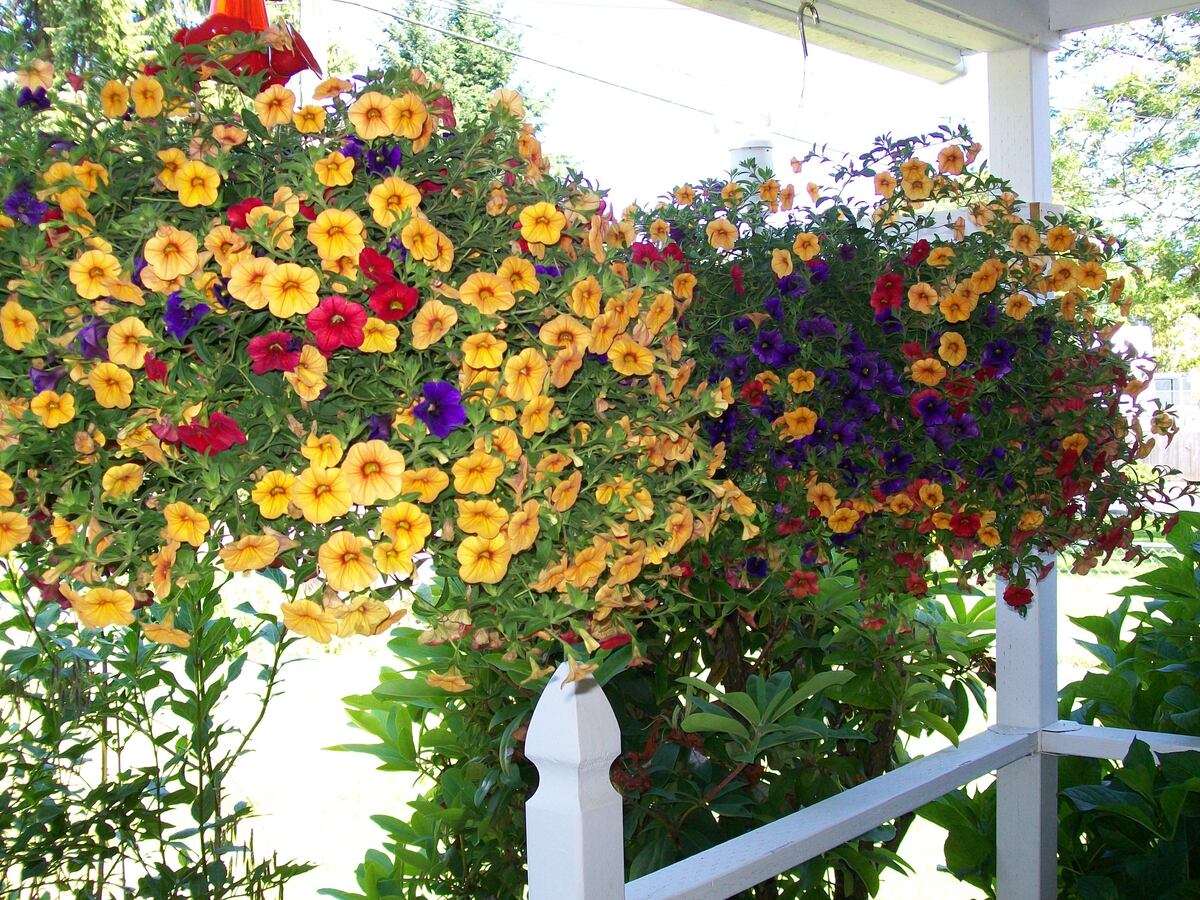
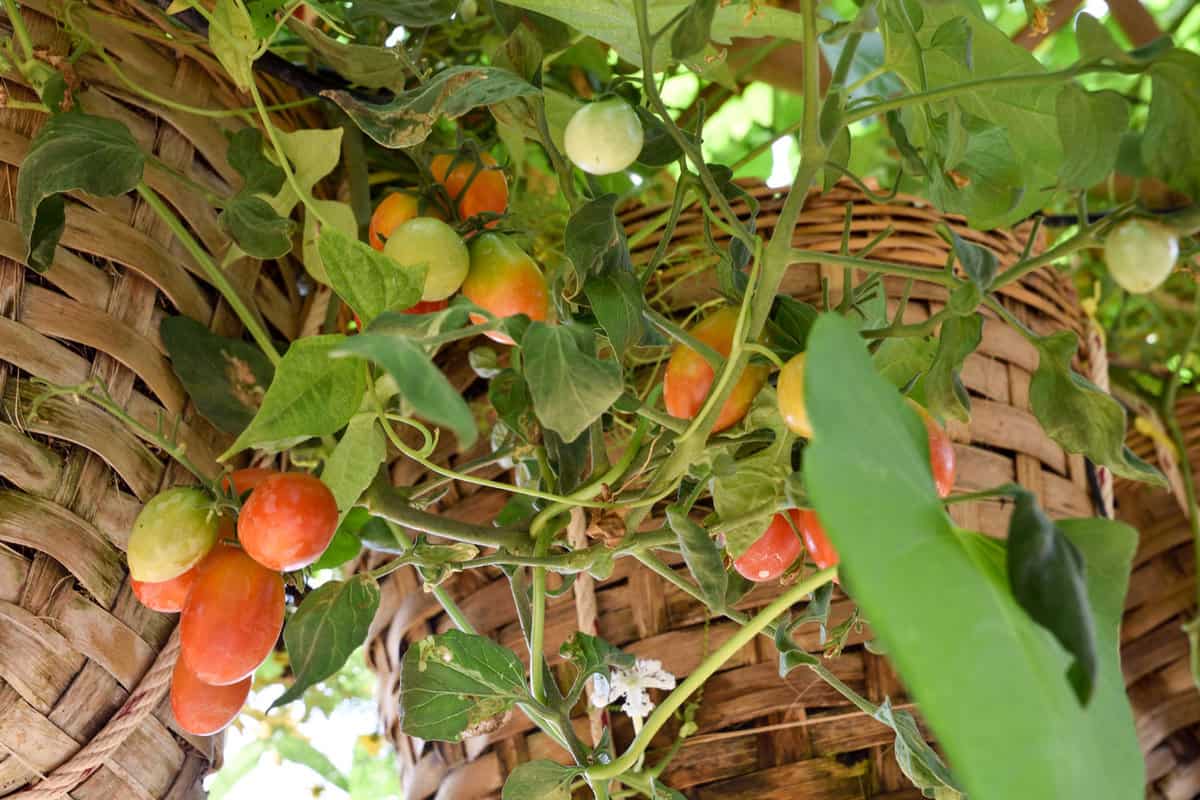



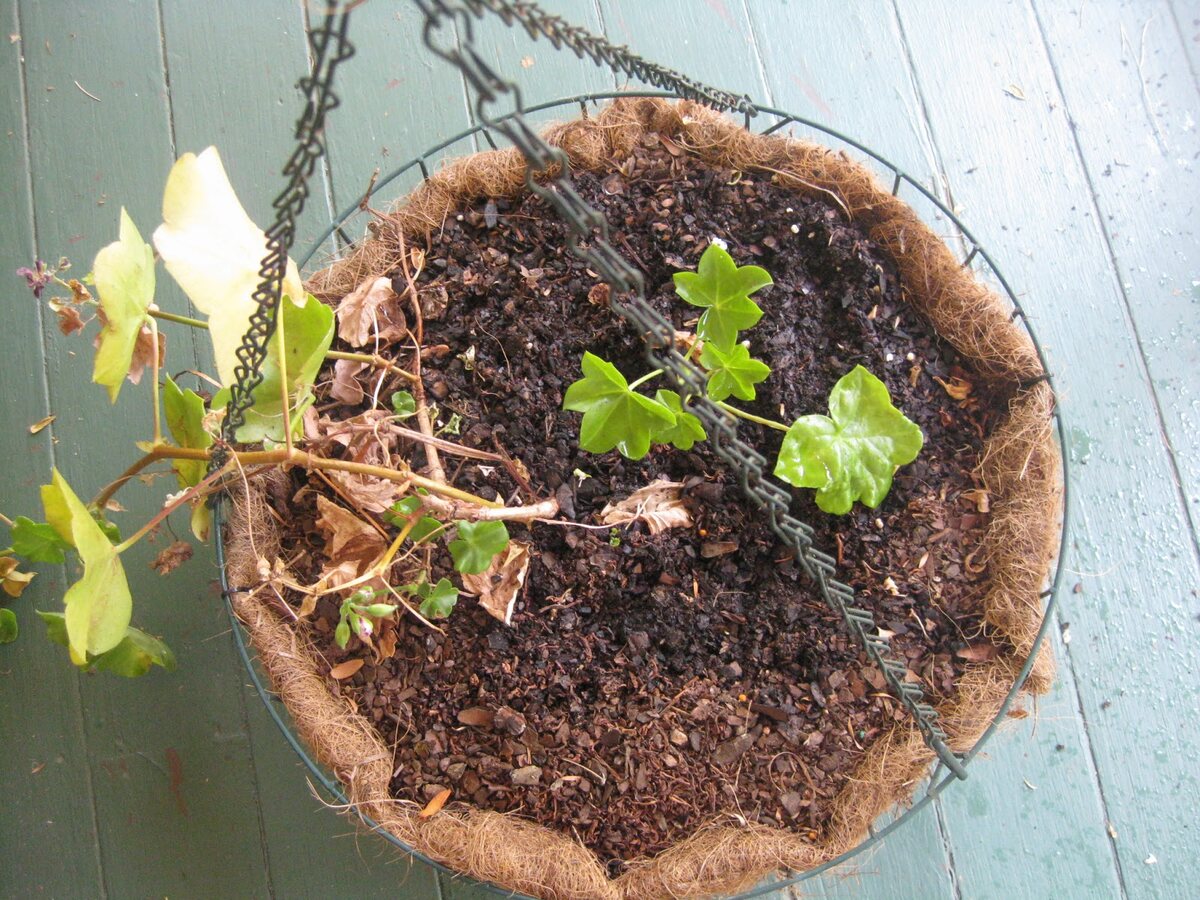
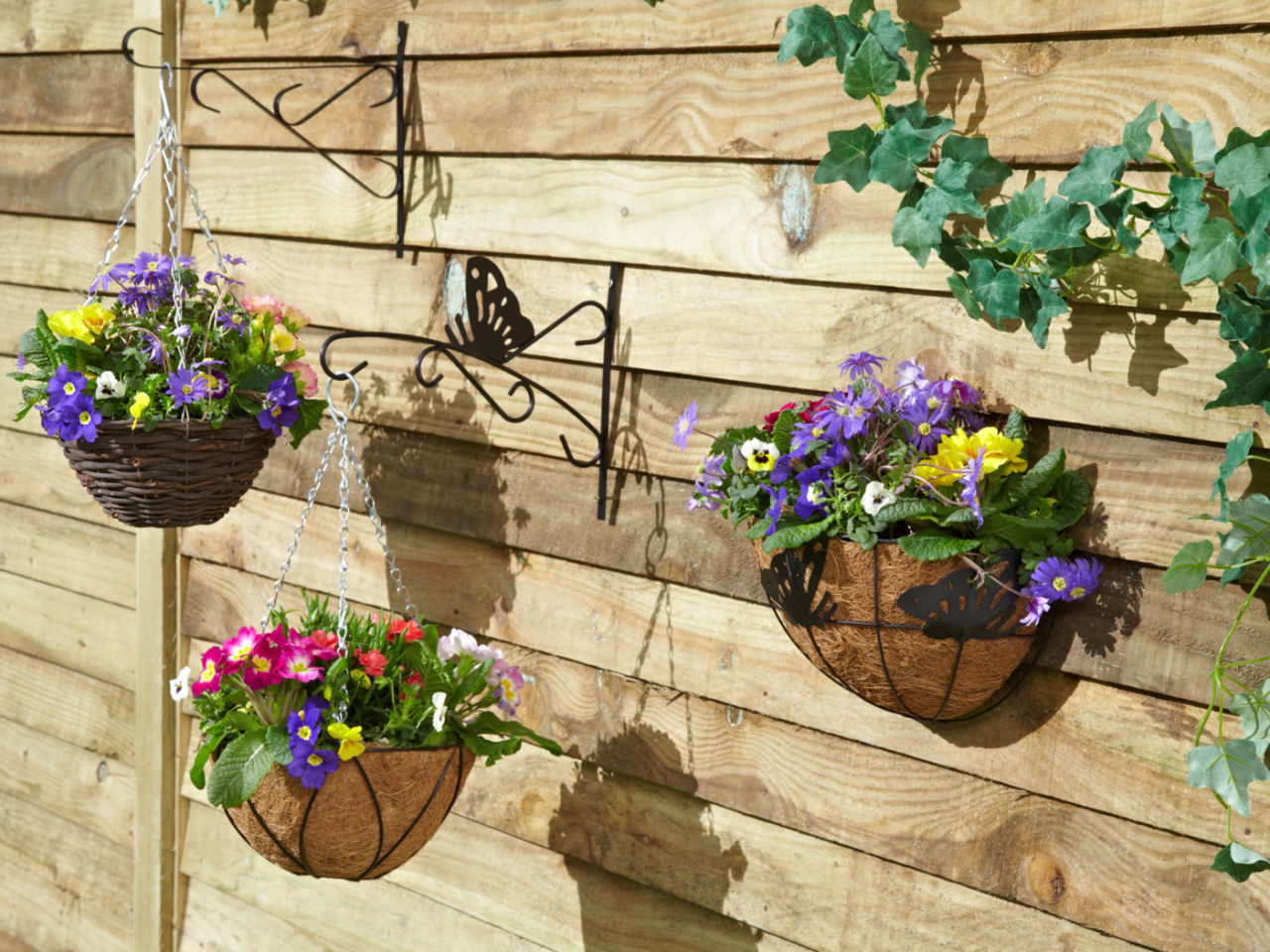
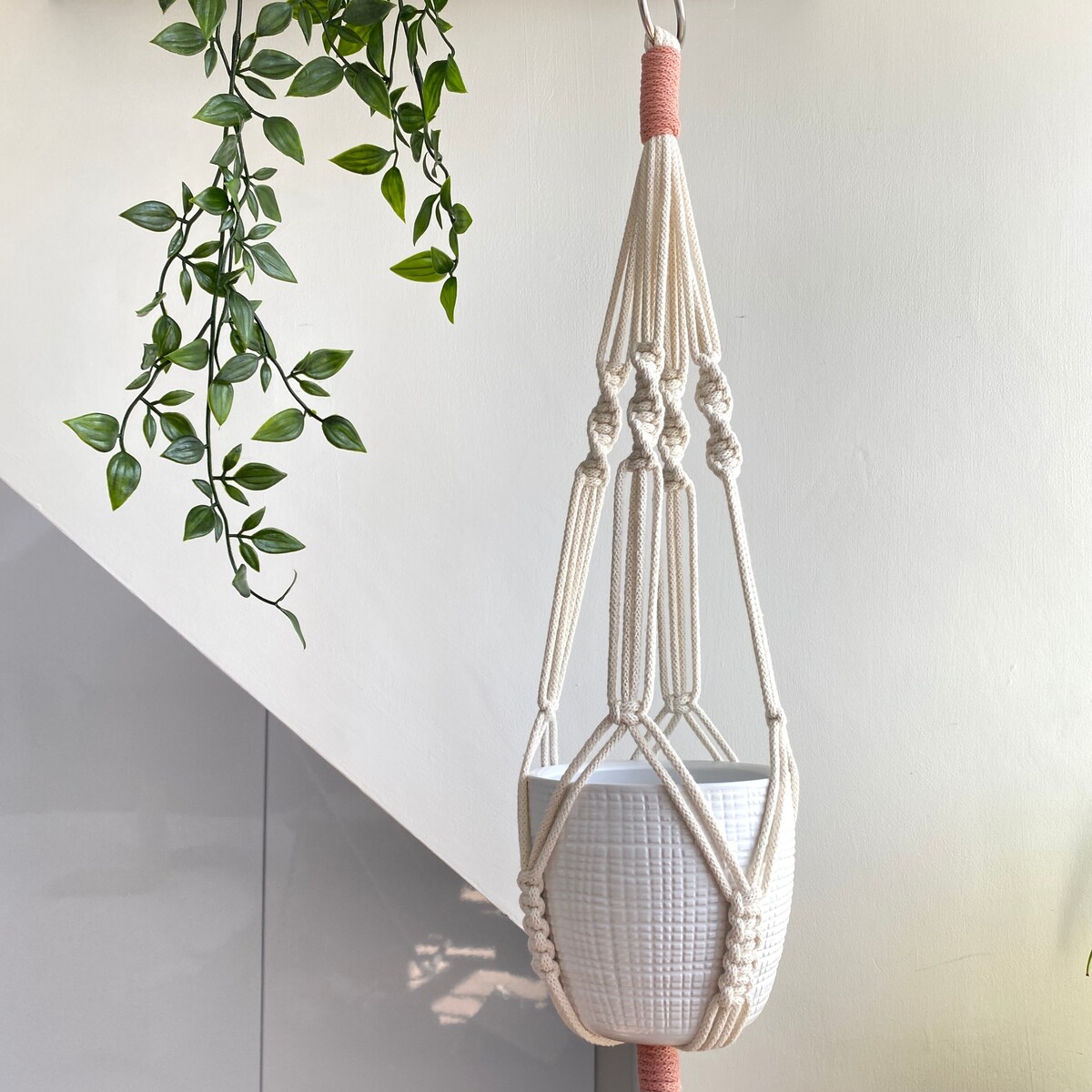
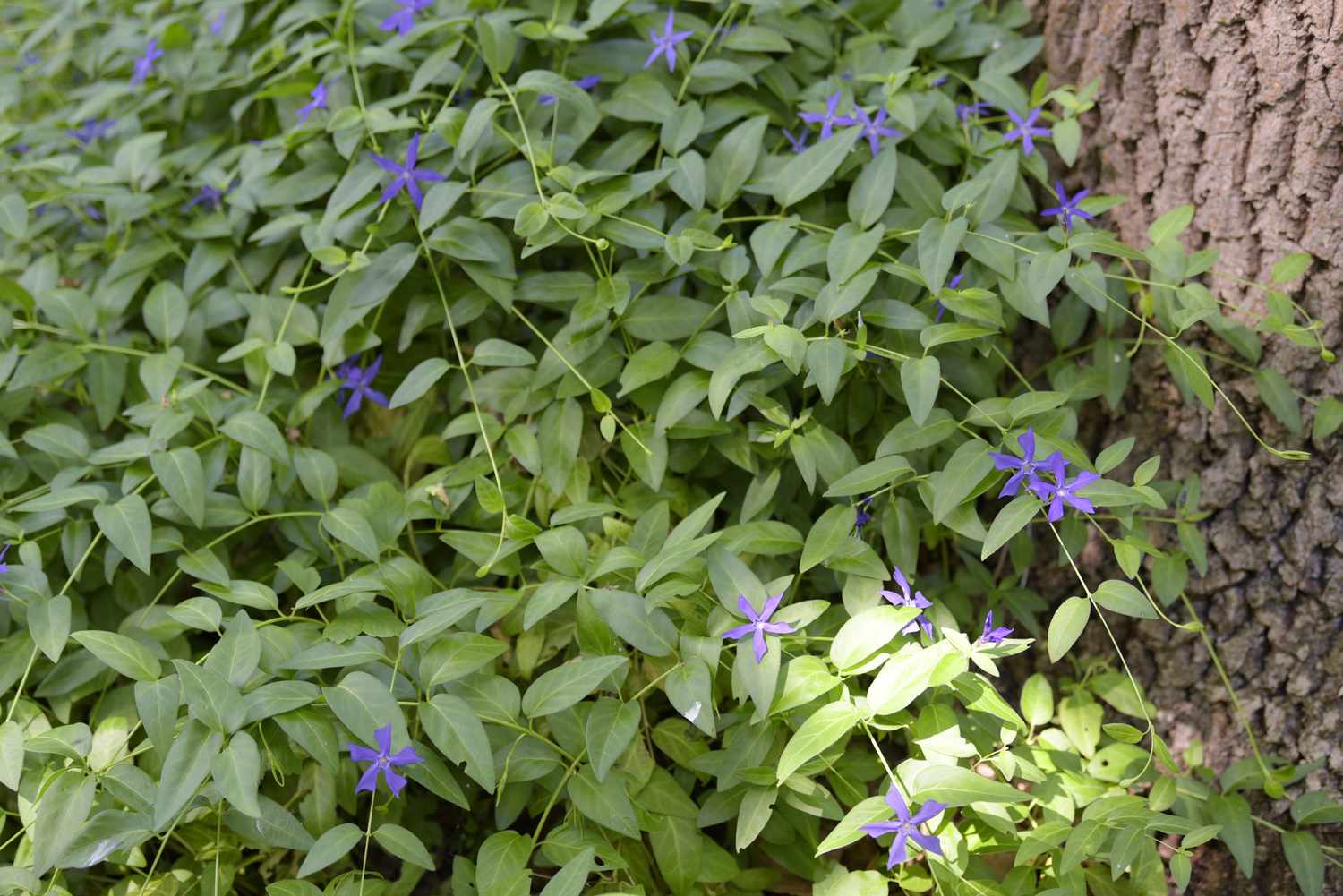
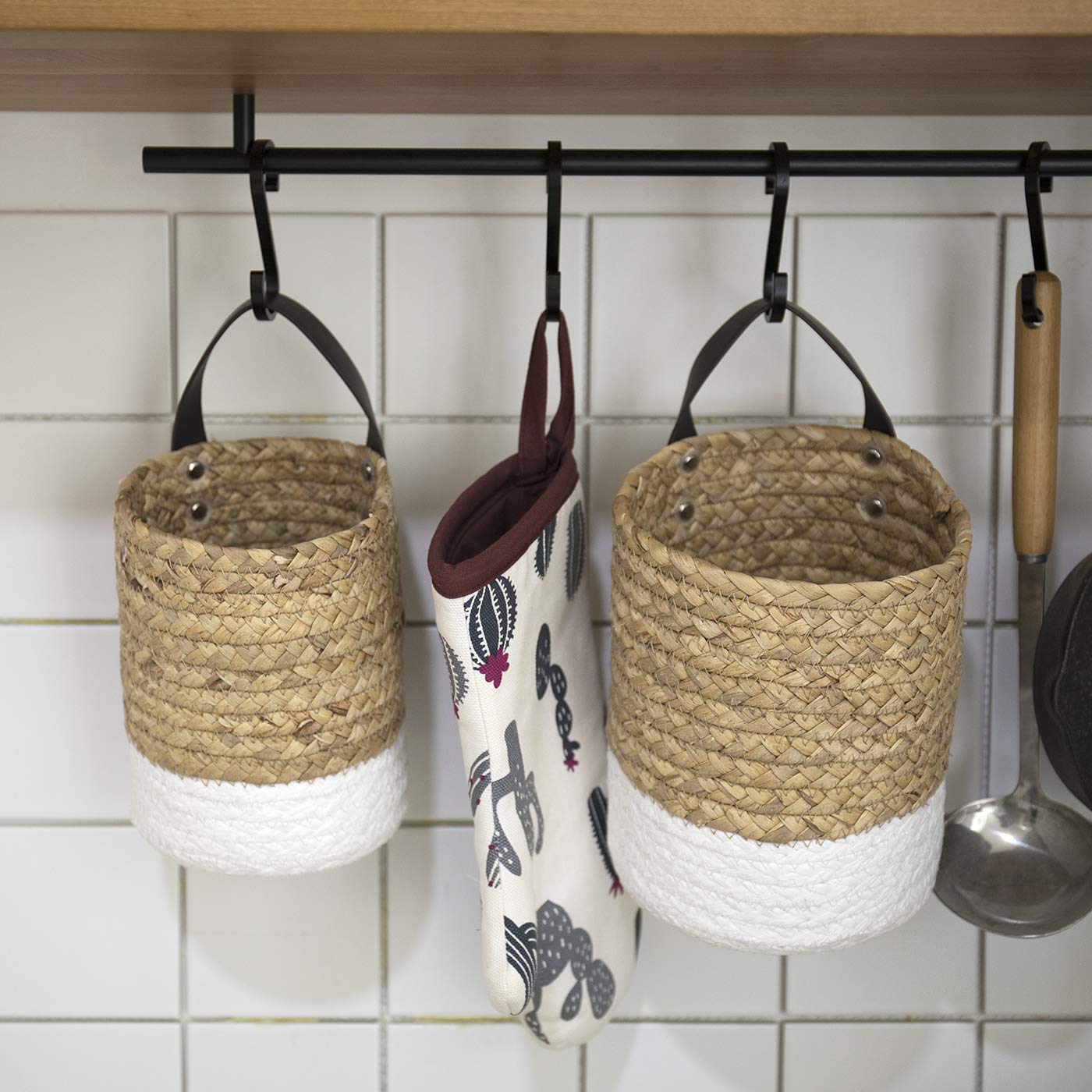
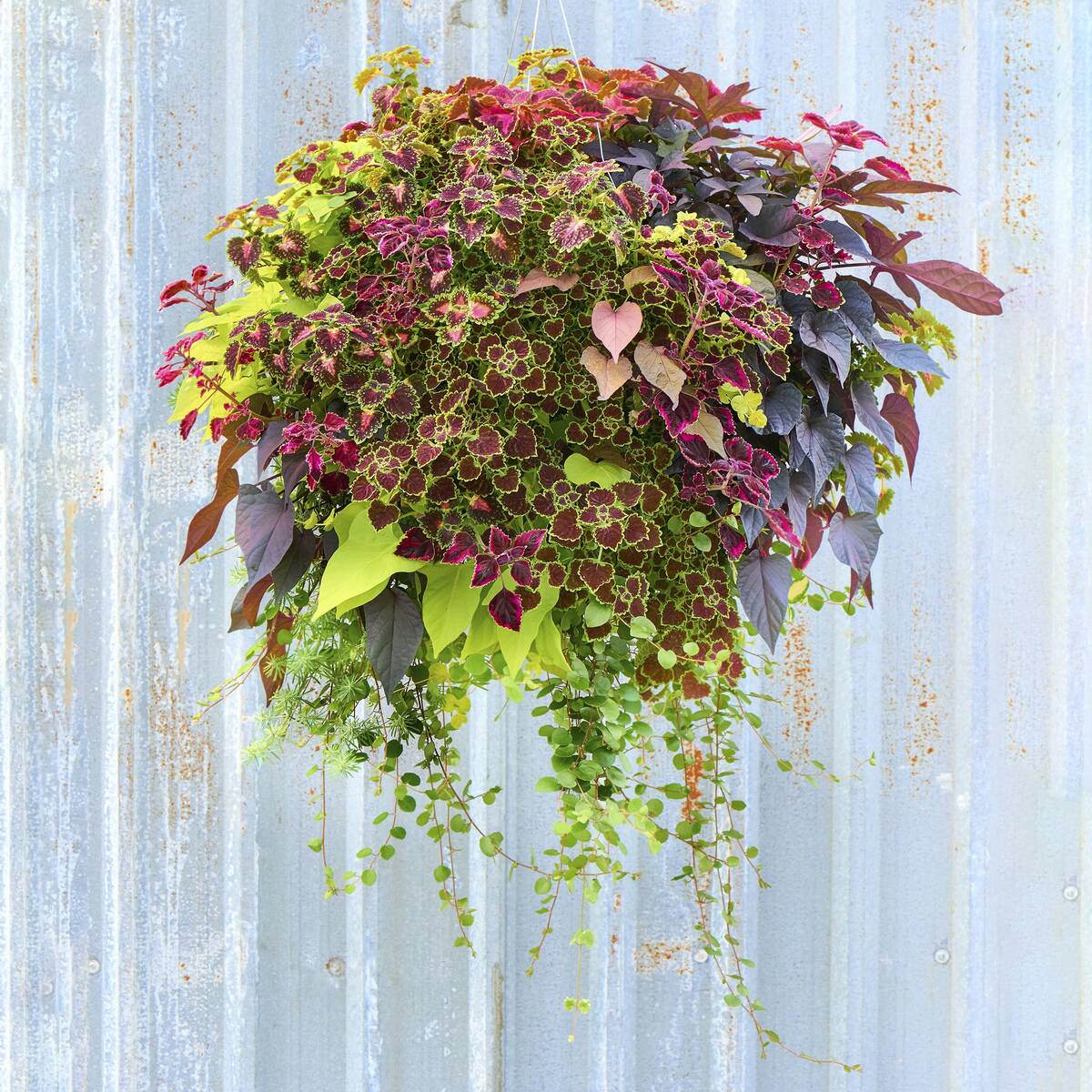

0 thoughts on “What Vegetables Grow Well In Hanging Baskets”